Biology Practical: Bacteria in yoghurt
Answer reviewed 22 February 2023.
Science ASSIST has developed a comprehensive document called Guidelines for Best Practice for Microbiology in Australian Schools see GUIDELINES for best practice for microbiology in Australian schools. We strongly recommend you download this document as it discusses in detail the underpinning knowledge and laboratory techniques required for schools to successfully prepare, deliver and disassemble microbiology practical activities.
Schools are advised to check what microorganisms and activities are permitted in their jurisdiction/school sector and perform a site-specific biological risk assessment.
Before schools embark on working with microorganisms, they should ask the following questions and perform a site-specific biological risk assessment.
- What microorganism is being used? Is it a Risk Group 1 microorganism?
- Do the school facilities comply with the requirements of Physical Containment Level 1 laboratories?
- Does the school have the necessary equipment for sterilisation and decontamination procedures?
- Do the staff have training in microbiological skills?
- What manipulations are being performed with the microorganism? Are methods being used to eliminate or minimise exposure to potentially infectious material via aerosols, splashes, ingestion, absorption and accidental inoculation?
- Are any staff or students wishing to participate in microbiological activities immunocompromised or immunosuppressed. These individuals are more prone to infections and they should consult a doctor to determine whether their participation is appropriate.
The type of bacteria used in the production of yoghurt are suitable for human consumption. They are not human pathogens, so are suitable for use in schools. Science ASSIST has produced a Standard Operating Procedure called Making Yoghurt which aligns with School Level 1 in the Science ASSIST Microbiology Guidelines. This practical activity can be supervised by science teachers and technicians with no specialised microbiology training.
The Bio-Rad kit 'What causes yoghurtness?'
The Bio-Rad kit ‘What causes yoghurtness?’1 uses a risk group 1 bacteria E. coli K-12 which is permitted to be used in schools with PC1 facilities and standard microbiological practices. However, the kit involves advanced work using subculturing and other complex manipulations of bacteria that are not permitted in many school jurisdictions. This advanced work is considered a School level 4 activity in the Science ASSIST Microbiology Guidelines with medium to high risk. Staff require specialist training in microbiology and the manipulations required.
There are a number of procedures used in this kit which are not recommended for schools
- Streaking plates from milk and yoghurt would be ok, but agar plates should not be incubated at 37°C as this increases the likelihood of growing human pathogens
- Agar plates, which have been inoculated by students, should not be opened as there is a high risk of contamination with unknown microorganisms and therefore a high risk of exposure to possible pathogens. The plates should remain sealed whilst being examined by students and then sterilised in an autoclave before disposal.
- This means that agar plates which have been inoculated by the students:
- Must not be opened in order to sample the culture to create a smear to view under the microscope
- Must not be opened in order to subculture from this plate (to inoculate a further agar plate or broth)
- The use of ampicillin could cause adverse reactions in anyone who may have an allergy to penicillin
It is important to be aware of the safety issues and risks regarding the microbiological aspects of this and other microbiology kits and to confirm if the required techniques and procedures are allowed in your school jurisdiction.
Science ASSIST recommends that you consider an alternate activity. We have a range of activities in our updated microbiology SOPs which are suitable for use in schools. These are available for subscribers to download:
Microbiology SOPs updated for school level 1
Microbiology SOPs updated for school level 2
Microbiology SOPs updated for school level 3
We have also previously answered a related question which can be viewed on our website: Genetic modification of bacteria.
References and further reading
1 Bio-Rad Explorer. Nd. Microbes and Health Kit: ‘What Causes Yoghurtness?’, Retrieved from the Bio-Rad website, https://www.bio-rad.com/sites/default/files/webroot/web/pdf/lse/literatu... (Accessed February 2023)
Science ASSIST. 2017. GUIDELINES for best practice for microbiology in Australian schools, Retrieved from the Science ASSIST website, https://assist.asta.edu.au/resource/4196/guidelines-best-practice-microb....
Milk Facts, (nd), ‘Yogurt Production’, Retrieved (22 February 2023) from the Milk Facts website: http://www.milkfacts.info/Milk%20Processing/Yogurt%20Production.htm
Dairy Food Safety. (nd), ‘Yoghurt’, Retrieved (22 February 2023) from the Dairy Food Safety website: https://www.dairysafe.vic.gov.au/consumers/dairy-foods/yoghurt

